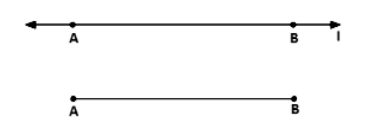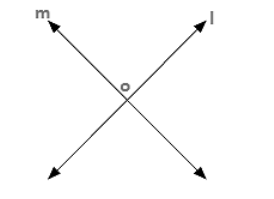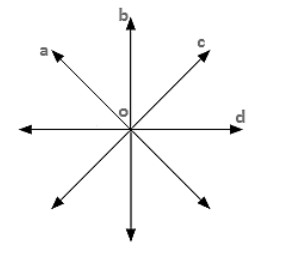Define the following terms.
(i) Line segment
(ii) Collinear points
(iii) Parallel lines
(iv) Intersecting lines
(v) Concurrent lines
(vi) Ray
(vii) Half-line
(i) Line-segment:
Give two points A and B on a line I. the connected part (segment) of the line with end points at A and B is called the line segment AB.

(ii) Collinear points:
Three or more points are said to be collinear if there is a line which contains all of them.

(iii) Parallel lines:
Two lines l and m in a plane are said to be parallel lines if they do not intersect each other.

(iv) Intersecting lines:
Two lines are intersecting if they have a common point. The common point is called point of intersection.

(v) Concurrent lines:
Three or more lines are said to be concurrent if there is a point which lies on all of them.

(vi) Ray:
A line in which one end point is fixed and the other part can be extended endlessly.

(vii) Half-line:
If A, B. C be the points on a line l, such that A lies between B and C, and we delete the point A from line l, the two parts of l that remain are each called half-line.

Click here to get exam-ready with eSaral
For making your preparation journey smoother of JEE, NEET and Class 8 to 10, grab our app now.
